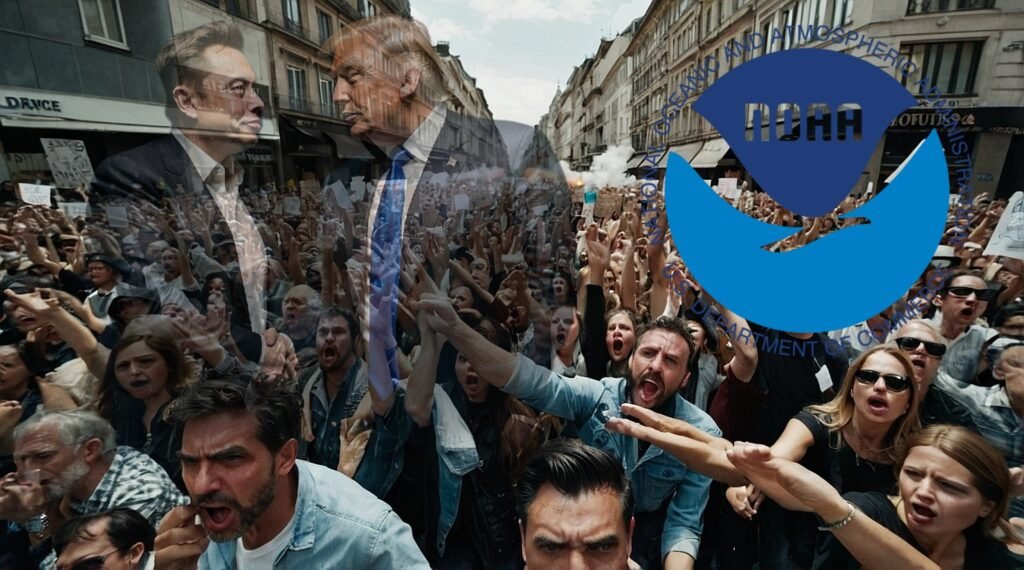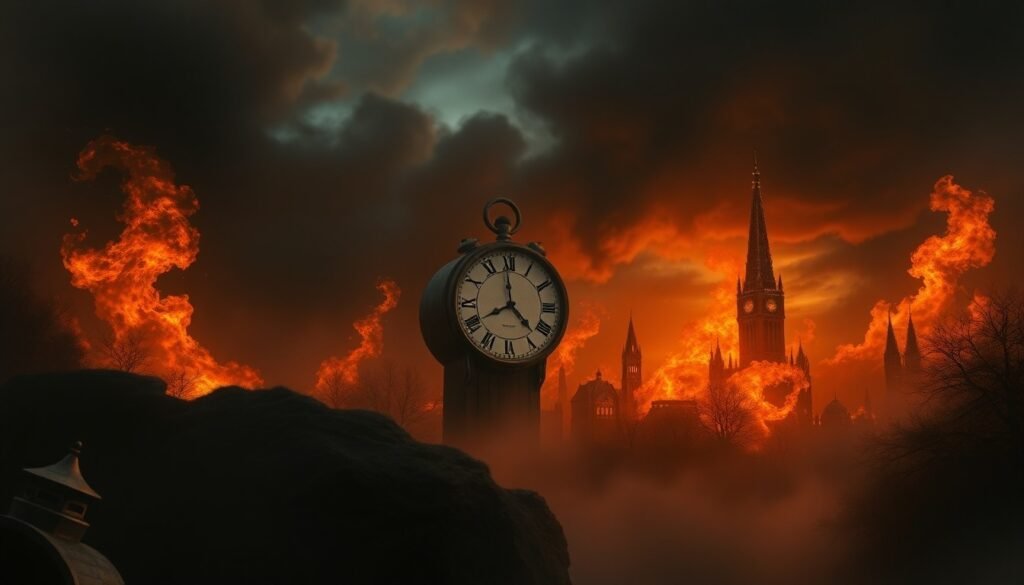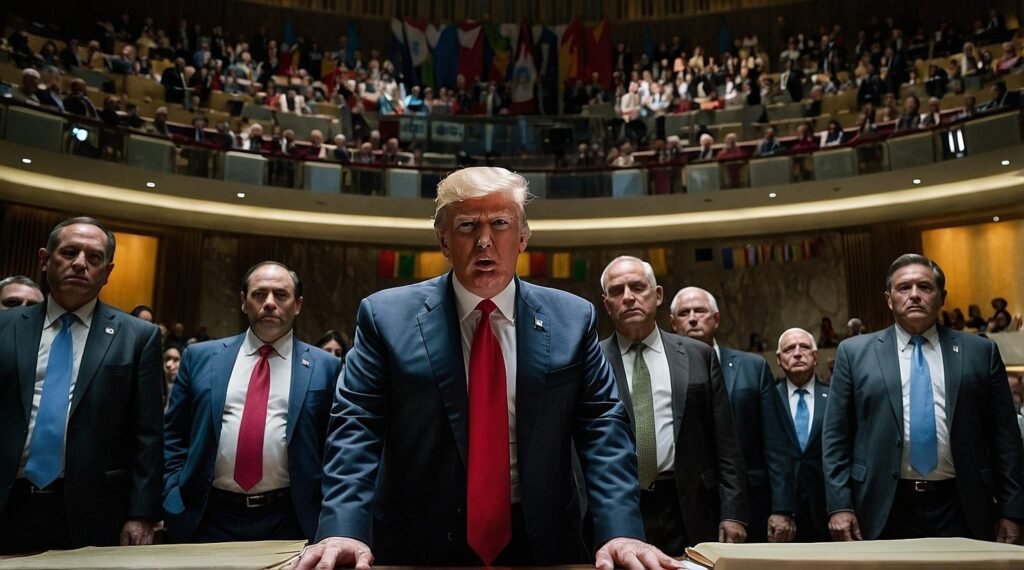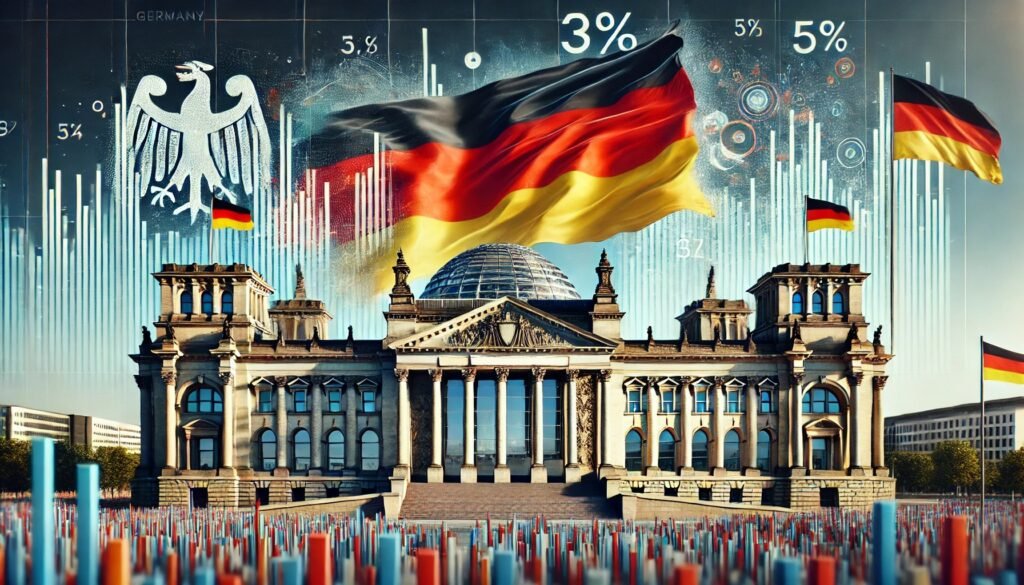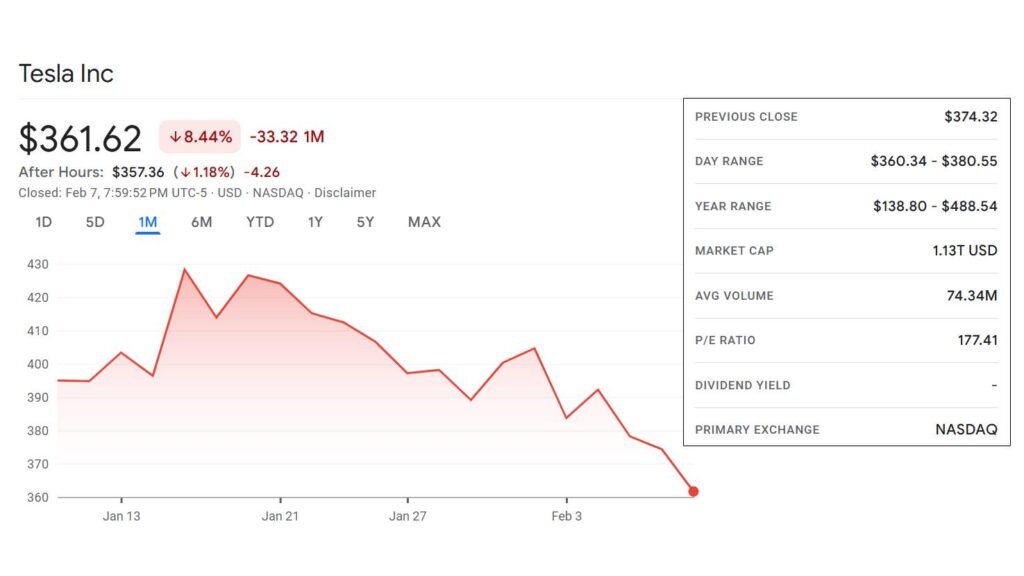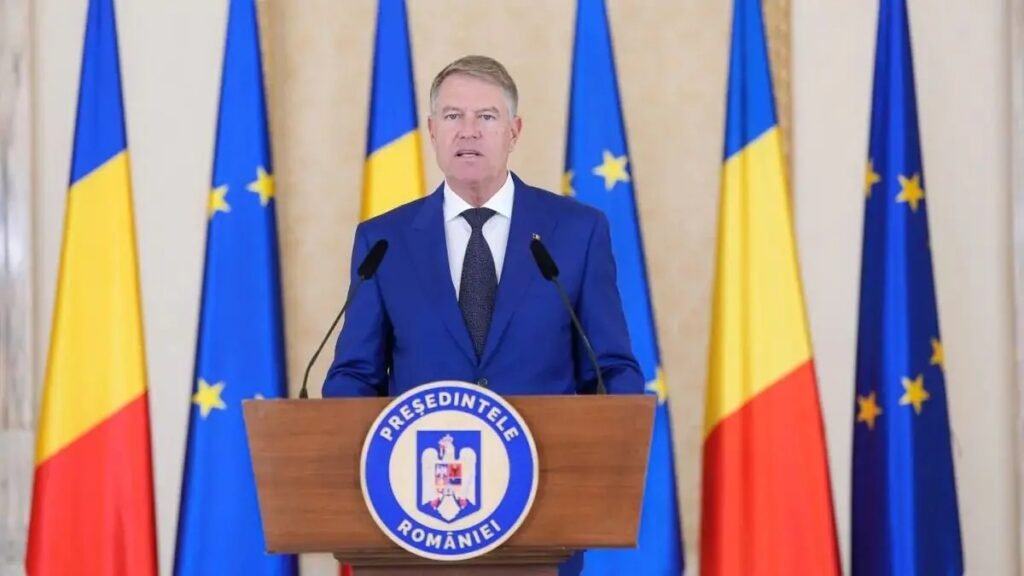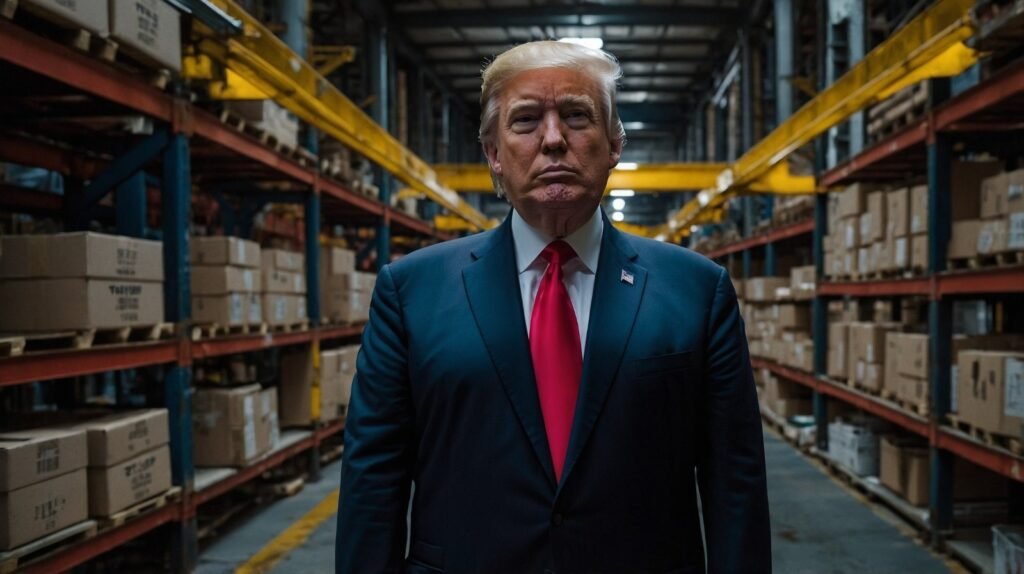|
Getting your Trinity Audio player ready...
|
It started as an ordinary day at the National Oceanic and Atmospheric Administration (NOAA), until suddenly, hundreds of employees found themselves locked out of their work systems, their access revoked without warning. Within hours, news broke: a sweeping directive known as “DOGE” (Decentralized Organizational Governance Executive order) had triggered mass firings across federal agencies, leaving thousands jobless overnight. What followed was a whirlwind of confusion, legal challenges, and speculation about the involvement of billionaire entrepreneur Elon Musk.
What is DOGE?
The Decentralized Organizational Governance Executive order, or DOGE, is a controversial federal directive aimed at restructuring government agencies under a more “efficient” and decentralized model. Introduced with little public discourse, DOGE was designed to streamline bureaucracy, reducing government redundancies while shifting certain responsibilities to private sector entities. However, critics argue that it serves as a vehicle for mass terminations and corporate overreach into public institutions.
Who Created DOGE?
DOGE was reportedly conceptualized by a coalition of government reform advocates and private industry leaders, including figures closely aligned with Silicon Valley’s libertarian movement. While no single individual has publicly claimed authorship, leaked documents suggest that high-ranking officials within the Office of Management and Budget (OMB) played a significant role in drafting the order. Some reports also indicate that tech moguls—including Elon Musk—had indirect influence in shaping its implementation, raising concerns about the privatization of public services.
A Blindside at NOAA
At NOAA, chaos ensued. Employees scrambled for answers as their emails stopped working and keycards failed at security checkpoints. Some were at home, checking news alerts on their phones, while others were in their offices when security escorted them out. A government institution responsible for vital weather forecasting had been gutted, its workforce slashed in one fell swoop.
The decision hit hard, not just within NOAA but across the country. Meteorologists, climate scientists, and administrators alike were left questioning the future of federal employment stability. Lawsuits mounted almost instantly, with civil rights organizations arguing that the abrupt dismissals violated employment protections. One federal judge signaled that the terminations might even be illegal, a small beacon of hope for those suddenly out of work.
The Musk Connection
Even as the dust settled, one name kept surfacing: Elon Musk. Though he denied any direct role in the firings, speculation ran wild. His companies—SpaceX and Starlink—stood to benefit from a weakened NOAA, as Starlink’s satellite network could expand its influence in the weather forecasting industry, a field estimated to be worth billions in private sector contracts.
Musk’s history of advocating for “leaner, more efficient” government workforces only fueled suspicion. Had he lobbied for DOGE? Was he leveraging political connections to reshape federal employment policies in a way that favored his business empire? If so, this was more than a mere restructuring—it was a strategic power move.
Who’s in Charge Now?
With NOAA’s workforce significantly reduced, the question remains—who is now running the agency’s critical operations? Sources within NOAA indicate that emergency management teams have been brought in to maintain essential services, but concerns persist about the long-term implications. Without experienced personnel, forecasting accuracy may suffer, potentially endangering lives during extreme weather events. Meanwhile, private firms with government contracts are rumored to be stepping in to fill the gaps, raising concerns about accountability and oversight.
Confusion in Washington
The Biden administration’s response was disjointed. Initially, the Office of Personnel Management (OPM) claimed the mass firings were part of a broader effort to streamline government inefficiencies. But as lawsuits mounted, OPM backtracked, insisting it had never formally ordered the terminations. The contradiction painted a picture of either deep mismanagement or intentional deception.
Members of Congress demanded answers. Some called for investigations into how DOGE was implemented, questioning whether Musk and other private sector players had a hand in drafting the policy. Others warned that if these mass firings went unchallenged, they could set a precedent for political purges within federal agencies.
A Legal and Political Showdown
As the legal battles unfold, the fate of DOGE remains uncertain. If courts rule against the directive, it could restore jobs and reaffirm the stability of federal employment. But if the firings stand, it may signal a shift toward unchecked executive power and corporate encroachment into public institutions.
For Musk, the controversy underscores the growing tension between Silicon Valley influence and government oversight. If he played a role in shaping DOGE, it could solidify concerns that billionaire entrepreneurs wield far too much power in shaping national policies. For NOAA and the federal workforce, the implications are even graver—signaling that job security within public institutions may be more precarious than ever before.
Stay With Us — The Story Isn’t Over
The fight over DOGE is just beginning. As court cases unfold and new evidence comes to light, the stakes continue to rise. Who really pushed for DOGE? Will federal employees see justice? And what does this mean for the future of public service?
We’ll be here to follow every twist and turn. What do you think? Drop a comment below and let us know your thoughts. Keep checking back—we won’t stop investigating until the full truth is revealed.

